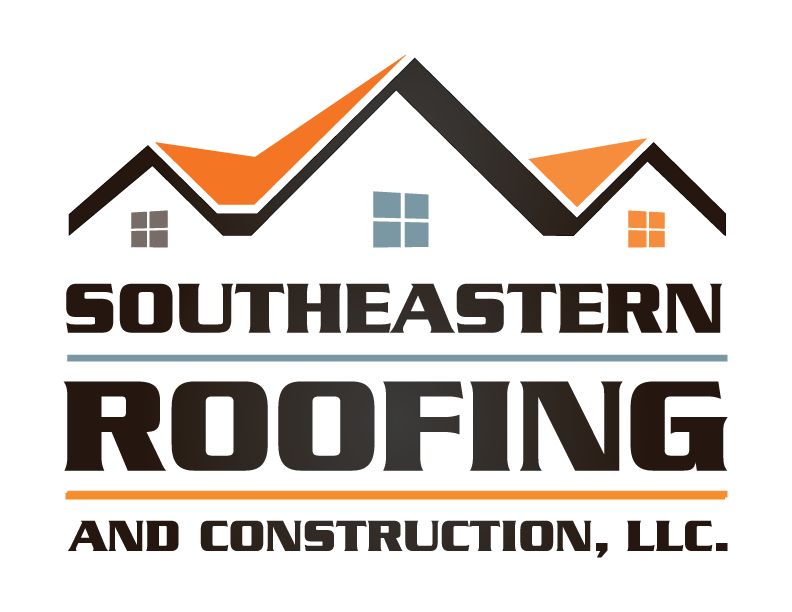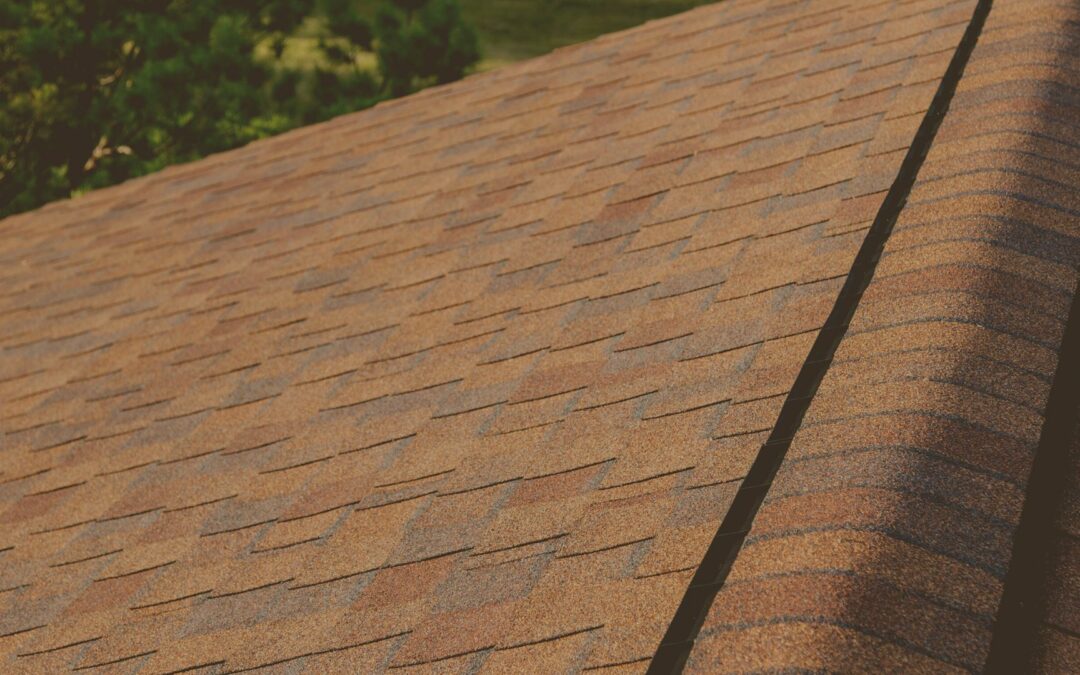Welcome to our guide on understanding residential roof replacement average costs.
If you’ve ever wondered about the price of replacing your old roof, look no further. We’ll break down the factors that can affect the cost, from the type of material to the size of your house.
With our knowledgeable insights, you’ll be able to make informed decisions and find a sense of belonging in your home.
Let’s dive in and uncover the secrets behind roof replacement costs.
Key Takeaways
- The cost of residential roof replacement can vary depending on factors such as the type of roofing materials used, climate impact, and the size and complexity of the roof.
- Different materials, such as asphalt shingles, metal, tile, and wood shake, have different average costs for replacement.
- Flat roof replacement costs are influenced by factors such as the material type, size and complexity of the roof, and weather and climate conditions.
- When considering slate roof replacement, it is important to evaluate needs and preferences, research and compare options, obtain multiple quotes, and factor in long-term savings and potential additional costs or repairs.
Factors Affecting Roof Replacement Costs
When considering residential roof replacement costs, it’s essential to understand the various factors that can influence the overall expense.
Two significant factors that play a crucial role in determining the cost of a roof replacement are the type of roofing materials used and the climate impact on the roof.
The choice of roofing materials can greatly affect the cost. For instance, roofing materials such as asphalt shingles are generally more affordable compared to high-end options like metal or tile.
Additionally, the climate in which the house is located can impact the longevity of the roof and, consequently, the replacement cost. Extreme weather conditions, such as high winds or heavy snowfall, can cause faster wear and tear, leading to more frequent roof replacements.
Understanding these factors will help homeowners make informed decisions and estimate their residential roof replacement costs accurately.
Average Cost of Asphalt Shingle Roof Replacement
To determine the average cost of asphalt shingle roof replacement, we need to consider various factors such as the size of the roof, the complexity of the roof installation, and the location of the property.
Asphalt shingles are a popular roofing material due to their affordability and durability. They’re designed to withstand various weather conditions and can last between 15 to 30 years. However, it’s important to note that asphalt shingles may require more frequent replacement compared to other roofing options like metal.
Metal roofing offers several benefits such as increased energy efficiency, longevity, and resistance to fire and extreme weather.
In the next section, we’ll discuss the cost breakdown for metal roof replacement, which is a more long-term and durable option to consider.
Cost Breakdown: Metal Roof Replacement
For our discussion on the cost breakdown of metal roof replacement, let’s start by considering the various factors that contribute to the overall expense.
Metal roofs are known for their durability and longevity, making them an attractive option for homeowners. The cost of a metal roof replacement depends on several factors, including the size of the roof, the type of metal used, and the complexity of the installation.
Additionally, the pros of metal roofing include its resistance to fire, extreme weather conditions, and its low maintenance requirements. However, metal roofs can be expensive compared to other roofing materials, and they may require additional insulation to prevent noise transmission.
Understanding the expenses of metal roof replacement will provide a basis for comparison when we delve into the next section about understanding the expenses of tile roof replacement.
Understanding the Expenses of Tile Roof Replacement
As we move on to understanding the expenses of tile roof replacement, it’s essential to consider the various factors that contribute to the overall cost.
Tile roofs are known for their durability and aesthetic appeal, but they can also be more expensive compared to other roofing materials. The cost estimation for tile roof replacement depends on several factors, including the type of tiles used, the size of the roof, and the complexity of the installation. Additionally, the cost can vary based on the region and availability of materials.
It’s crucial to consult with a roofing professional to get an accurate cost estimate for your specific situation.
With this understanding of tile roof replacement expenses, let’s now explore the average cost of wood shake roof replacement.
Average Cost of Wood Shake Roof Replacement
Moving on from understanding the expenses of tile roof replacement, let’s now delve into the average cost of replacing a wood shake roof.
When considering the average cost of wood shake roof replacement, it’s important to take into account the maintenance required for this type of roofing material. Wood shake roofs require regular upkeep to ensure their longevity and durability. This includes periodic inspections, cleaning, and treating for moss and algae growth.
However, despite the maintenance required, there are still several benefits to choosing wood shake roofing. Wood shake roofs offer a natural and rustic aesthetic, adding character and charm to any home. Additionally, wood shake roofs provide excellent insulation and can help reduce energy costs.
Factors Influencing the Price of Flat Roof Replacement
When it comes to the price of flat roof replacement, there are several factors that can influence the overall cost.
First, the material type and its associated costs play a significant role in determining the price.
Additionally, the size and complexity of the roof, as well as the labor and installation fees, are important considerations that can affect the final price.
Material Types and Costs
In the article, we’ll explore the material types and costs that play a significant role in influencing the price of flat roof replacement.
When it comes to residential roof replacement, the choice of materials can greatly impact the overall cost. The average costs of flat roof replacement can vary depending on the type of material used. Some common materials include built-up roofing (BUR), modified bitumen, EPDM rubber, PVC, TPO, and metal. Each material has its own pros and cons, and the costs can range from relatively affordable to more expensive options. Factors such as durability, longevity, energy efficiency, and maintenance requirements should be considered when selecting the right material for your flat roof replacement.
Now that we’ve covered material types and costs, let’s move on to the next section, where we’ll discuss the impact of roof size and complexity on the overall price.
Roof Size and Complexity
The size and complexity of a roof significantly impact the price of flat roof replacement. When determining the cost, roof pitch considerations play a crucial role. Roofs with a steeper pitch require additional safety measures and may require specialized equipment, increasing the overall cost.
Additionally, weather and climate factors should be taken into account. Regions with extreme weather conditions, such as heavy rain or snow, may require extra reinforcement, insulation, or waterproofing, which can add to the total expense.
Moreover, complex roof designs, such as those with multiple levels, valleys, or skylights, require more labor and materials, leading to higher costs.
It’s important to assess the size and complexity of a roof when estimating the price of flat roof replacement to ensure accurate budgeting and avoid any surprises during the project.
Labor and Installation Fees
Our research indicates that labor and installation fees are a significant factor in determining the price of flat roof replacement. When it comes to replacing a flat roof, the cost isn’t only determined by the roofing materials and the extent of the roof repair needed, but also by the expertise and labor required for installation.
The complexity of the flat roof design and the specific techniques and equipment needed can greatly influence the overall cost. Additionally, the skill and experience of the roofing contractor can also impact the labor and installation fees. It’s important to choose a reputable and experienced roofing contractor who specializes in flat roof replacements to ensure a quality installation and minimize the risk of future issues.
Now let’s delve into the cost considerations for slate roof replacement.
Cost Considerations for Slate Roof Replacement
When considering the cost of slate roof replacement, it’s important to take into account various factors that can impact the overall expense.
Slate roofing is one of the premium roof replacement options available, known for its durability and aesthetic appeal. However, it’s also one of the most expensive options due to the high cost of materials and specialized installation required.
The benefits of slate roofing include its longevity, as it can last for over a century with proper maintenance, and its ability to withstand extreme weather conditions. Additionally, slate roofs offer a unique and elegant appearance that can enhance the curb appeal and value of a home.
It’s important to carefully consider these factors when budgeting for a slate roof replacement to ensure that the overall cost aligns with your needs and preferences.
Conclusion
Understanding the various factors that affect residential roof replacement costs is crucial. From the average cost of asphalt shingle and metal roof replacements to the expenses of tile, wood shake, flat, and slate roof replacements, homeowners need to be aware of the financial implications.
By comprehending these costs, individuals can make informed decisions and ensure their homes are protected with a sturdy, reliable roof.
So, stay savvy and safeguard your sanctuary with the right roof replacement option for your needs!

